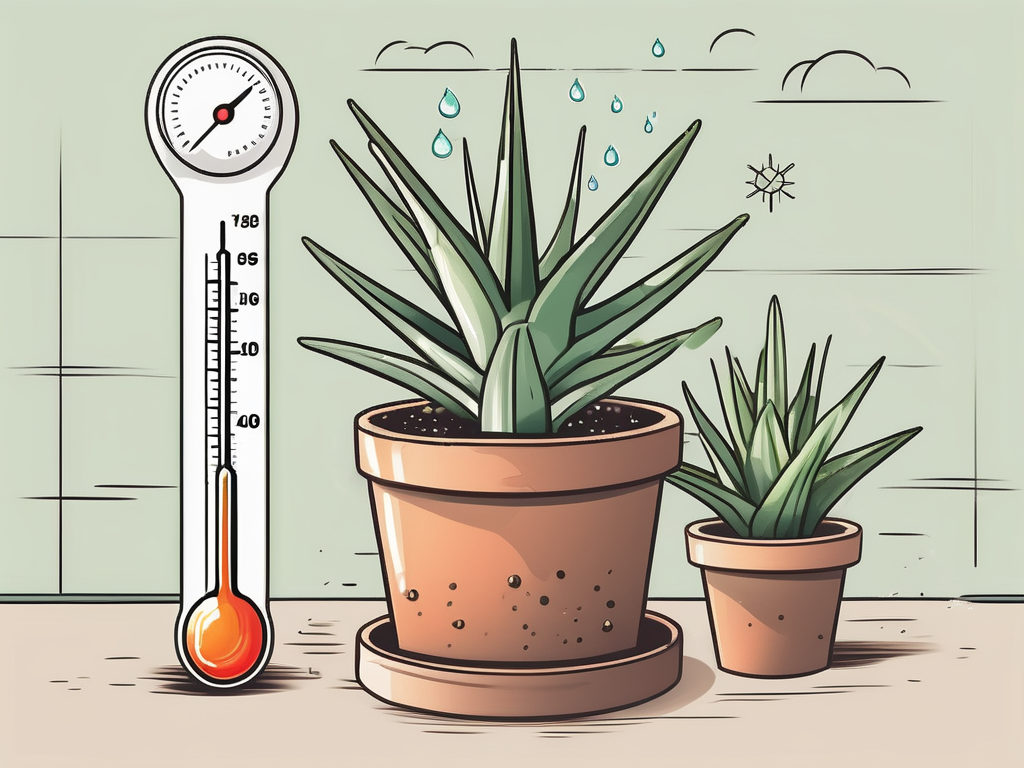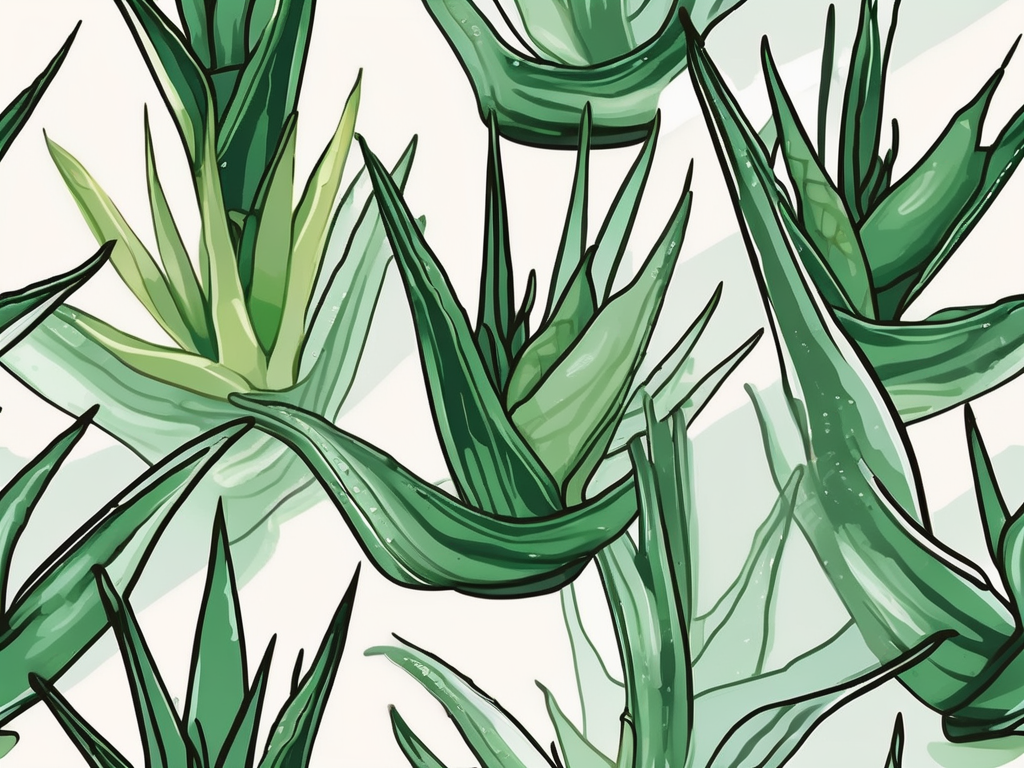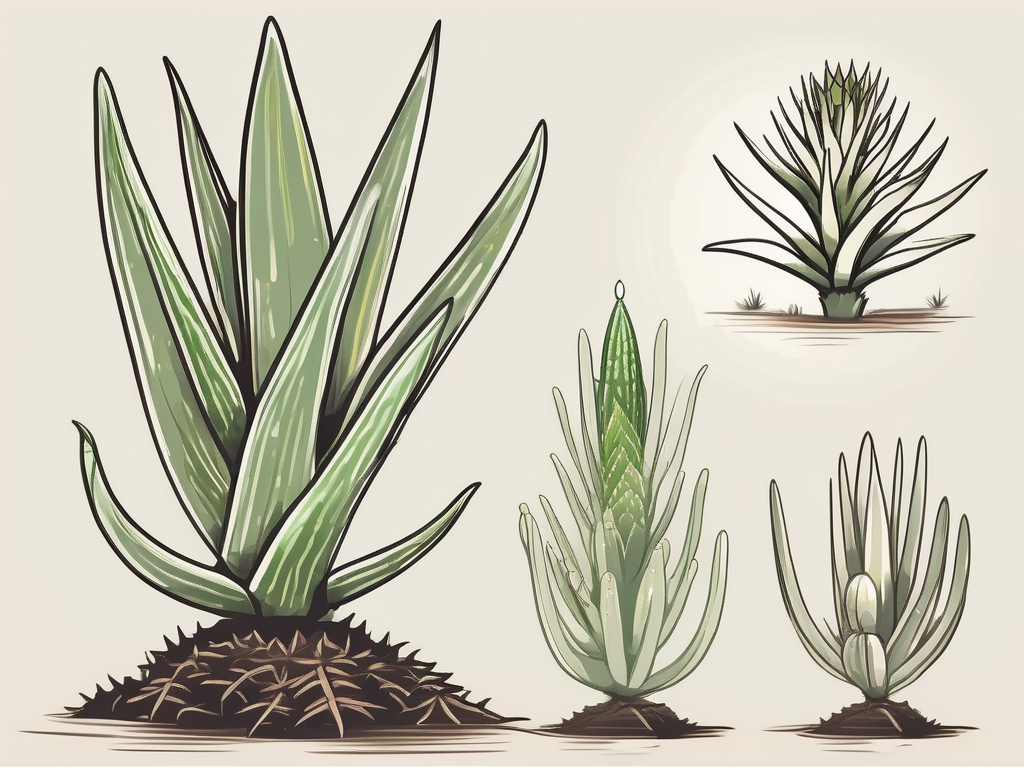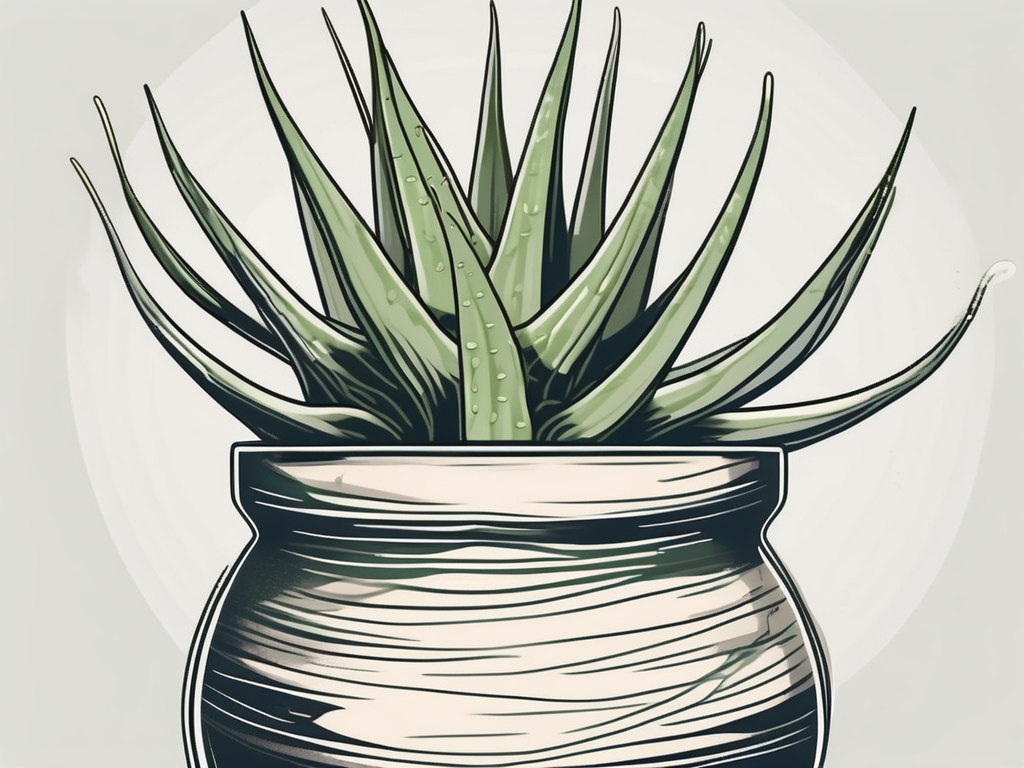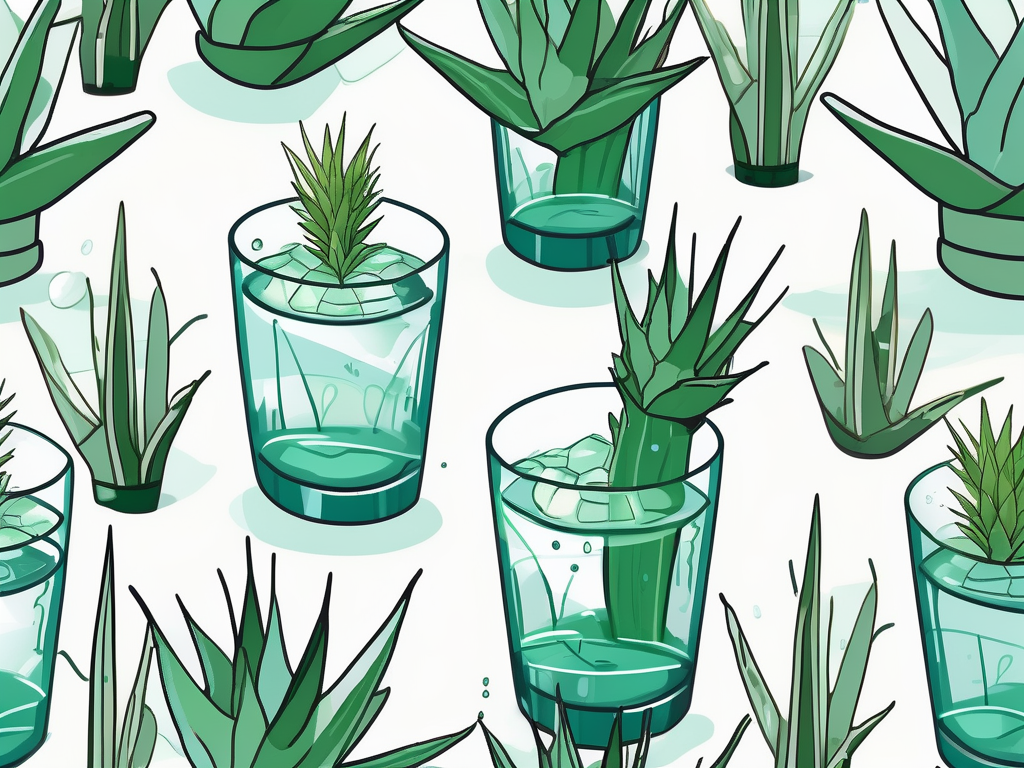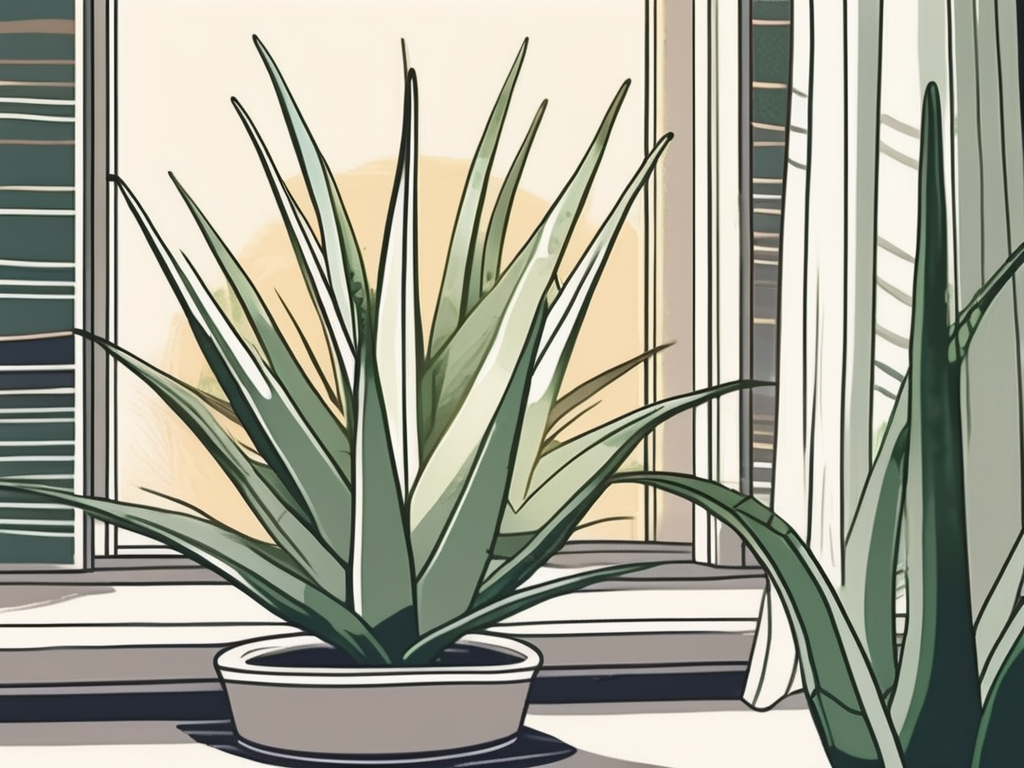
If you’ve ever tried growing an aloe vera plant, you probably know that light is one of the most important factors in keeping it happy and healthy. This charming succulent with its healing gel has won the hearts of many plant people. But, understanding its light needs can sometimes feel like trying to solve a tricky puzzle.
In this article, we’ll explore what makes aloe vera tick when it comes to light. From ideal lighting conditions to common mistakes to avoid, we’ll cover everything you need to know to help your aloe vera thrive. So, let’s shed some light on the subject!
Understanding Aloe Vera’s Natural Habitat
To really get a grasp on what your aloe vera needs, it helps to think about where it comes from. Aloe vera is native to the Arabian Peninsula, but it now grows wild in many tropical and subtropical regions around the world. Imagine a place with lots of sun, sandy soil, and occasional rain – that’s where aloe vera feels most at home.
In these natural settings, aloe vera plants soak up plenty of direct sunlight. They’ve adapted to thrive in bright, sunny conditions, which is why they do so well on sunny windowsills or even outdoors in the right climate. However, just because they love the sun doesn’t mean they can’t get too much of it. Like many succulents, aloe vera can suffer from sunburn if exposed to harsh sunlight for too long.
Understanding this balance between loving the sun and avoiding sunburn is key to providing the right amount of light. So, how do you mimic these conditions in your home? Let’s dive into that next.
Finding the Perfect Spot Indoors
Now that we know aloe vera loves the sun, the challenge is finding the perfect spot indoors where it can get enough light without overdoing it. A south or west-facing window is usually the best choice. These windows get the most sunlight throughout the day, mimicking the plant’s natural habitat.
If your south or west-facing window has a sheer curtain, that’s even better. The curtain can help diffuse the light slightly, reducing the risk of sunburn. This setup creates a cozy environment where your aloe vera can bask in the sun without getting scorched.
But what if your home doesn’t have a good south or west-facing window? Don’t worry! There are a few tricks you can try:
- Rotate your plant: If you only have one window that gets decent light, consider rotating your aloe vera every few weeks. This ensures all sides of the plant get some light exposure.
- Supplement with artificial light: A grow light can be a lifesaver for homes lacking natural sunlight. Position the grow light about 12-18 inches above the plant and keep it on for about 8-12 hours a day.
- Consider outdoor placement during warm months: If you live in a climate where it’s warm enough, moving your aloe vera outside during the spring and summer can give it a much-needed boost of sunshine.
Remember, though, that moving a plant from low light to bright light should be done gradually to prevent shock. Think of it like easing into a sunny beach day with sunscreen instead of diving right in!
Signs Your Aloe Vera Needs More Light
Plants have a way of communicating their needs, and aloe vera is no exception. If your plant isn’t getting enough light, it will start to show some telltale signs. The most obvious one is stretching, also known as etiolation. This is when your aloe vera starts reaching for more light, resulting in long, leggy growth and weakened leaves.
Other signs of insufficient light include:
- Pale or yellowing leaves: Without enough light, aloe vera can lose its vibrant green color and start to look a bit washed out.
- Slow growth: While aloe vera isn’t the fastest grower, it should produce new leaves occasionally. If it’s been a while since you saw new growth, it might be a light issue.
- Floppy or droopy leaves: Healthy aloe vera leaves should be firm and upright. If they start to droop, it could be a sign your plant is struggling with its light situation.
If you notice any of these signs, it’s time to reassess your plant’s lighting conditions and consider moving it to a brighter spot or supplementing with artificial light.
Avoiding Too Much Sunlight
While aloe vera loves the sun, too much of it can lead to problems, just like spending too long in the sun can leave you with a nasty sunburn. If your plant is getting too much direct sunlight, you might notice the tips of the leaves turning brown or crispy. This sunburn can also cause white patches to appear on the leaves.
To prevent sunburn, consider these tips:
- Use sheer curtains: As mentioned earlier, sheer curtains can help diffuse intense sunlight, offering protection for your aloe vera.
- Move it back from the window: If the sun is particularly harsh, try moving your plant a few inches away from the glass. This small adjustment can make a big difference.
- Provide shade during peak sun hours: If your aloe is outdoors, consider offering some shade during the peak sun hours, typically between 10 a.m. and 2 p.m.
Monitoring your plant regularly will help you catch any signs of too much sun early on. It’s all about finding that sweet spot where your aloe vera is happy and thriving.
Seasonal Changes and Light Adjustments
Light conditions aren’t static throughout the year, and as the seasons change, so will your aloe vera’s light needs. During the winter months, the sun is lower in the sky and days are shorter, which means your plant might not get as much light as it’s used to.
Here’s how to adjust your plant care routine as the seasons change:
- Consider moving your plant: In winter, you might need to move your aloe vera to a sunnier spot or closer to the window to make up for the reduced daylight.
- Supplement with artificial light: If moving your plant isn’t an option, consider using a grow light to provide additional light during the darker months.
- Adjust watering schedules: Less light usually means less growth, so your aloe vera may not need as much water in winter. Be sure to let the soil dry out completely between waterings.
By being mindful of these seasonal changes, you can ensure your aloe vera continues to thrive no matter what time of year it is.
How to Use Grow Lights Effectively
If you’ve decided to use grow lights to help your aloe vera, there are a few things to keep in mind to ensure you’re using them effectively. First, choose a light that’s specifically designed for plant growth. These lights usually emit a full spectrum of light, which mimics natural sunlight.
Here’s a quick guide to using grow lights with your aloe vera:
- Distance: Place the light about 12-18 inches above your plant. This distance helps ensure your plant gets enough light without being too intense.
- Duration: Aim to keep the light on for about 8-12 hours a day. This mimics a typical day’s worth of sunlight.
- Consistency: Keep a regular schedule with your grow lights to mimic natural light cycles. A timer can be a handy tool for this.
With the right grow light setup, you can ensure your aloe vera gets the light it needs, even in a home that doesn’t get a lot of natural sunlight.
Common Mistakes and How to Avoid Them
Even the most experienced plant parents make mistakes, and that’s okay! Here are some common pitfalls when it comes to aloe vera and light, along with tips on how to avoid them:
- Overwatering in low light: Aloe vera doesn’t need much water, especially in low light conditions. Always let the soil dry out between waterings.
- Ignoring seasonal changes: Remember that light levels change with the seasons. Adjust your plant’s placement or lighting setup as needed.
- Not acclimating your plant: If you move your aloe vera to a significantly brighter spot, do it gradually to prevent shock and sunburn.
By being aware of these common issues, you can avoid them and keep your aloe vera looking its best.
Creating a Plant-Friendly Environment
In addition to light, other factors can contribute to the overall health of your aloe vera. Temperature, humidity, and airflow all play a role in creating a plant-friendly environment. Aloe vera prefers warm temperatures, ideally between 60 and 75°F. It’s also not too picky about humidity, as long as it’s not too high.
Here are a few tips to create an ideal environment for your aloe vera:
- Temperature: Keep your aloe vera away from cold drafts or excessive heat. A stable temperature is best.
- Airflow: Ensure there’s good airflow around your plant to prevent mold and rot. A small fan can help in rooms with stagnant air.
By considering these additional factors, you can create a more holistic approach to caring for your aloe vera, ensuring it thrives in your home.
Final Thoughts
To wrap things up, understanding the light needs of aloe vera is crucial to keeping this beloved plant healthy and vibrant. By providing the right balance of sunlight, avoiding common pitfalls, and adjusting for seasonal changes, you can ensure your aloe vera thrives.
At Cafe Planta, we’re passionate about helping you care for your plants. Whether you’re looking for new additions to your plant family or need advice, we’re here to help. Feel free to email us or reach out on Instagram. We’re excited to share our love of plants with you and support your journey in creating a beautiful indoor garden.













